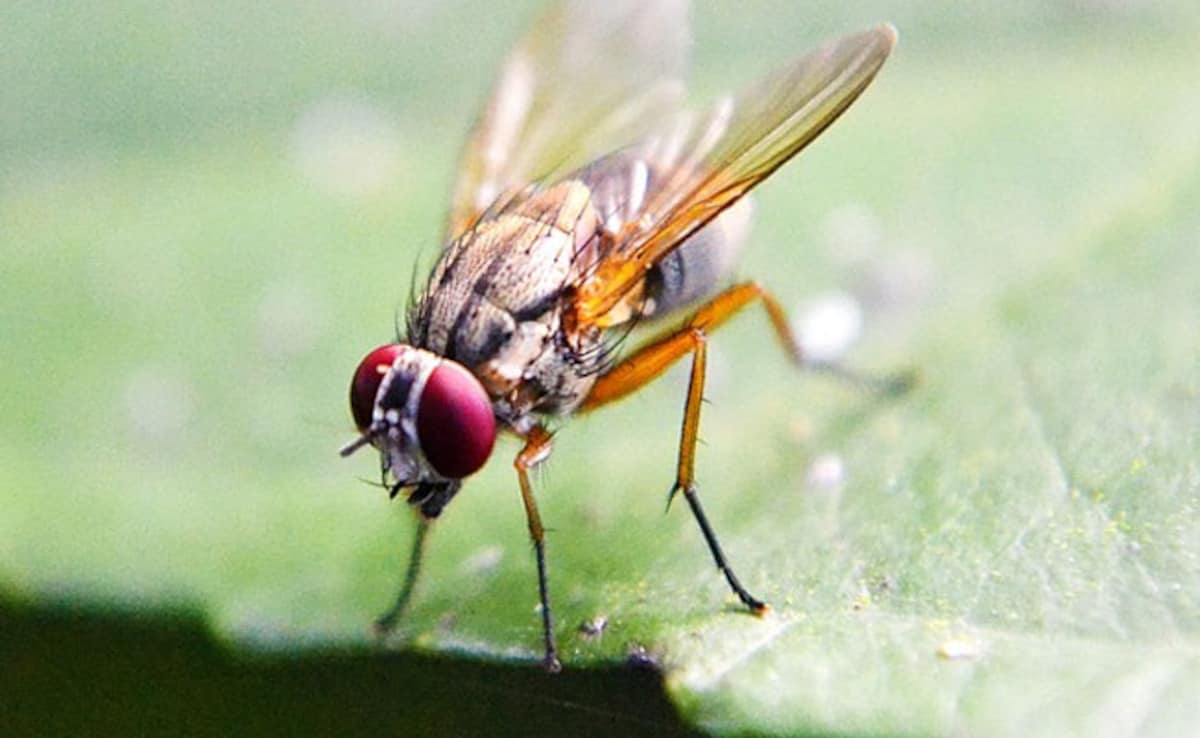2024-10-03 06:43:16

The researchers identified the full set of cell classes in the fruit fly’s brain.
Washington:
Scientists announced on Thursday a milestone in neurobiological research with the mapping of the entire brain of an adult fruit fly, a feat that may provide insight into brains across the animal kingdom, including people.
The research detailed more than 50 million connections between more than 139,000 neurons – brain nerve cells – in the insect, a species whose scientific name is Drosophila melanogaster and is often used in neurobiological studies. The research sought to decipher how brains are wired and the signals underlying healthy brain functions. It also could pave the way for mapping the brains of other species.
“You might be asking why we should care about the brain of a fruit fly. My simple answer is that if we can truly understand how any brain functions, it’s bound to tell us something about all brains,” said Princeton University professor of neuroscience and computer science Sebastian Seung, one of the co-leaders of the work published in a series of studies in the journal Nature.
While some people may be more interested in swatting flies than studying them, some of the researchers found aesthetic satisfaction in peering at the fruit fly brain, less than 0.04 inches (1 mm) wide.
“It’s beautiful,” said University of Cambridge neuroscientist and research co-leader Gregory Jefferis.
The map devised by the researchers provided a wiring diagram, known as a connectome, for the brain of an adult fruit fly. Similar research previously was conducted with simpler organisms, such as the worm Caenorhabditis elegans and the fruit fly’s larval stage. The adult fruit fly presented more complicated behaviours to study through its brain wiring.
“One of the major questions we’re addressing is how the wiring in the brain, its neurons and connections, can give rise to animal behaviour,” said Princeton neuroscientist Mala Murthy, another of the co-leaders of the research.
“And flies are an important model system for neurosciences. Their brains solve many of the same problems we do… They’re capable of sophisticated behaviours like the execution of walking and flying, learning and memory behaviours, navigation, feeding and even social interactions, which is a behaviour that we studied in my lab at Princeton,” Murthy added.
One of the studies analyzed brain circuits underlying walking and discovered how flies halt. Another analyzed the fly’s taste network and grooming circuits behind behavior such as when it uses a leg to remove dirt from its antennae. Another looked at the visual system including how the fly’s eyes process motion and color information. Still, another one analyzed connectivity through the brain, discovering a large assemblage of “hub neurons” that may speed up information flow.
The researchers fashioned a map tracking the organization of the hemispheres and behavioural circuits inside the fly’s brain. They also identified the full set of cell classes in its brain, pinpointing different varieties of neurons and chemical connections – synapses – between these nerve cells, and looked at the types of chemicals secreted by the neurons.
The work was conducted by a large international collaboration of scientists known as the FlyWire Consortium.
(Except for the headline, this story has not been edited by NDTV staff and is published from a syndicated feed.)
Neurobiology,Brain mapping,Drosophila melanogaster,Fruit fly,Neural connections
Source link
![]()
